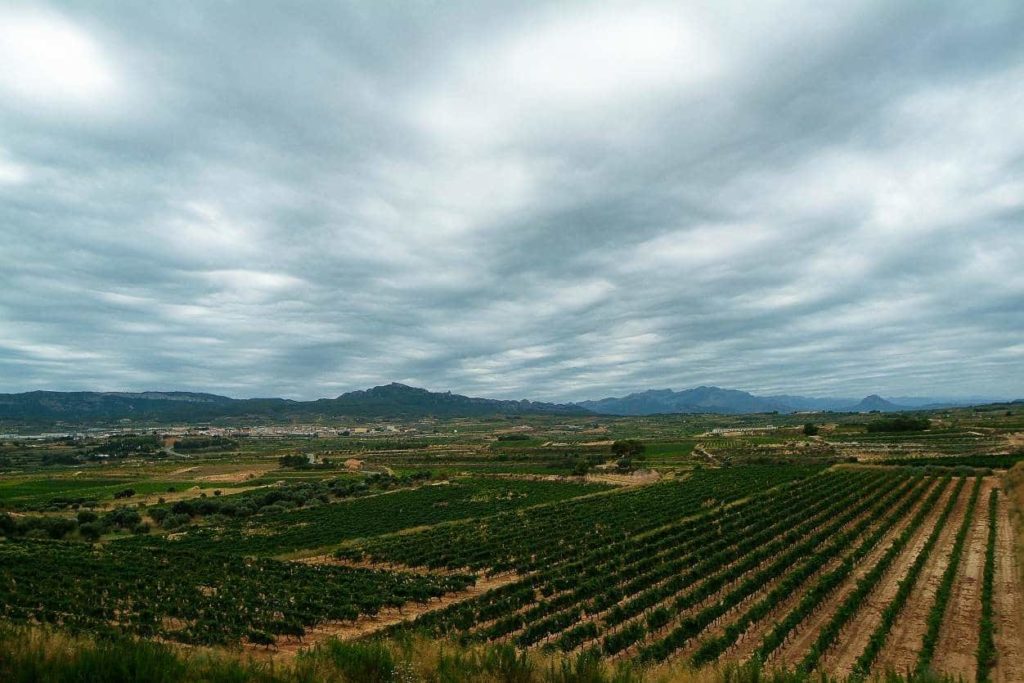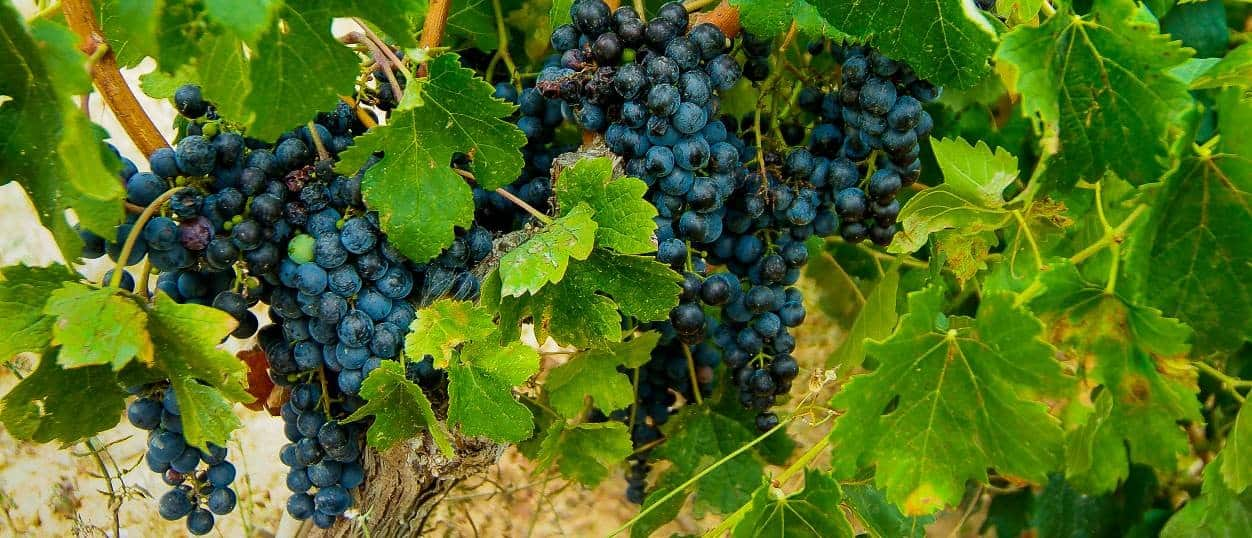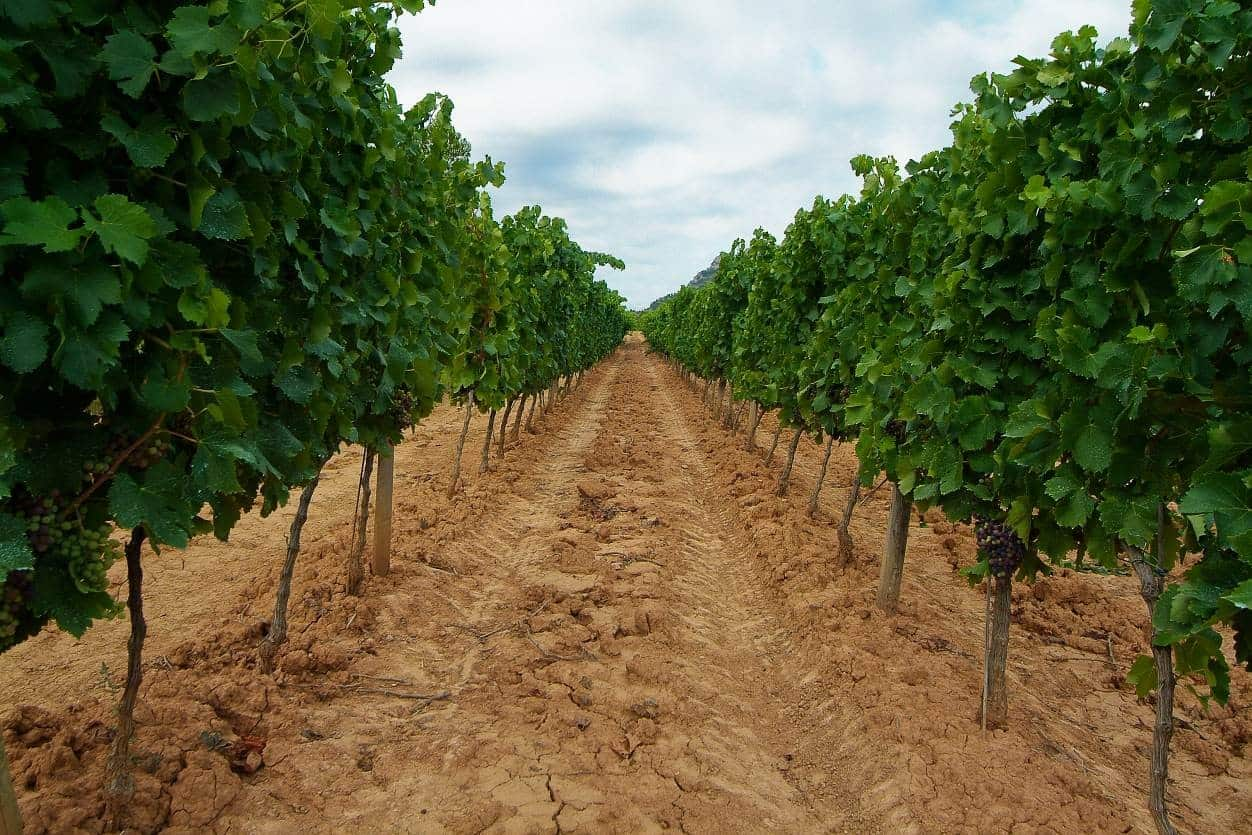
An insight into Spanish wine regions: Terra Alta

The Romans first set foot on Spanish soil at Empúries on the Costa Brava, establishing a major settlement called Barcino (Barcelona); they left behind a rich cultural legacy, including a thriving wine industry. Over time, viticulture spread across the entire Catalunya (Catalonia) region, encompassing all corners of this proud nation-within-a-nation. Today the province boasts several wine appellations, such as Cava and Priorat, that enjoy global fame.
Other vineyard sites, however, are less well renowned, including Terra Alta. This wine region is hidden in the hills of southwestern Catalunya. Pablo Picasso frequented the hills of Terra Alta, capturing its beauty in several paintings. Yet, some excellent red blends are made here: intense, aromatic, and complex. Terra Alta’s image was somewhat bruised in the 20th century – rustic winemaking and lazy viticulture led to a surfeit of poor wine. It was only after the zone was awarded DO (appellation) status in 1985 that things started to improve. Terra Alta is also on an upwards trajectory with the quality of its white wine; they offer tremendous value for money. Catalan rosé can also be exceptional; it is time for Terra Alta wine to step into the limelight.
Geography and terroir
To the south and west of Barcelona are the dramatic vineyards of Terra Alta. Situated just 185km west of Barcelona. Terra Alta lies on the border of the province of Tarragona. Most growers operate from Gandesa and Corbera d’Ebre, producing wines of all three colours. However, the climate is not for the fainthearted: summers are usually scorching and dry, while January temperatures can plummet to –5°C.
Nevertheless, several advantageous features encourage the production of fresh and balanced wines. First, the topography is very mountainous, with vines planted on the foothills of the Sierra de Pàndols. In specific sites, the elevation rises to 550 metres above sea level. This high-altitude environment leads to a marked temperature difference between day and night, known as diurnal variation. This is very effective at preserving acidity in the grapes, as the vine’s metabolism slows considerably after sunset. Vineyards in Terra Alta also benefit from the cooling influence of El Cierzo, a dry easterly wind originating in Rioja’s Ebro River Valley. Local soils, meanwhile, are dominated by sedimentary limestone intermixed with clay. They are both porous and permeable, which helps drainage during inclement weather.
Key grape varieties
White varieties
- Garnatxa Blanca (Garnacha Blanca) – Garnatxa Blanca or white Grenache can produce very perfumed and spicy white wine in the higher vineyards of Terra Alta. Limestone-rich soils suit it best.
- Parellada – a mainstay of Cava sparkling wine production, Parellada is increasingly blended with Macabeo (Viura) to make high-quality still wines in Catalunya. And like Viura, it needs a cooler site to maintain enough acidity during the warm summer months.
- Macabeo (Viura) – justly celebrated for its vital role in Cava production, Viura can yield delicious dry whites in the hills of Terra Alta. Although single-varietal wines are made, it benefits from a touch of Parella (adding perfume) and Garnacha Blanca (used to enhance mouthfeel) in the fermentation tank.
- Moscatel (Muscat) – the noble Muscat grape is used to make both dry and sweet styles in Terra Alta, including a small volume of late-harvest dessert wine.
- Chardonnay – once a rare sight, Chardonnay is being adopted by many producers in Catalunya. If the site is up to scratch, it will yield full-bodied and vibrant Catalan wine in Terra Alta.
- Chenin Blanc – although Chenin Blanc reaches an apogee in the vineyards of the Loire Valley, it can shine elsewhere. It yields fruit-forward and generous wines in Terra Alta, with notes of quince, stone fruit, and lime. Calcareous soils deliver the best results.

Red varieties
- Garnacha Tinta/Garnacha Peluda – Grenache is a local speciality for growers in Terra Alta. The best sites produce potent styles with weight and freshness. Grenache wines from Terra Alta have bags of fruit and alcohol.
- Carieña (Carignan) – known as Mazuelo in Rioja, Carieña is often blended with Syrah and/or Garnaxta Negra (Grenache Noir) to create a very spicy and rich red wine.
- Syrah – Syrah can be successfully cultivated in Terra Alta: cold soils produce elegant and perfumed wines with good acidity. It blends very well with Grenache Noir, like in the Rhone Valley.
- Tempranillo – this grape variety thrives in the calcareous soils of Terra Alta. The local style emphasises fruit and freshness – strawberry and red cherry aromas are typical. The wines from this region are also usually soft and approachable.
- Cabernet Sauvignon – arguably the world’s greatest red grape, Cabernet Sauvignon can shine in cooler terroirs of Terra Alta. But the style can differ enormously from the standard Medoc paradigm: Catalan expressions tend to be richer and riper, with chocolate and mocha on the mid-palate.
- Merlot – this grape is a frequent blending partner to Cabernet Sauvignon – especially in Bordeaux – to add texture and softness to the wine. However, growers in Catalunya also like to produce single-varietal expressions. These pungent reds are full-bodied and opulent.

Wine styles of the Terra Alta region
Between the Mediterranean conditions of the coast to a much cooler climate in the interior, winegrowers can craft a vast range of wine styles in Catalunya. Investment in modern equipment has drastically improved the quality of local wines in Terra Alta. In the past, warm fermentation and sloppy handling yielded monotone and oxidised whites, lacking fruit and freshness. However, stringent temperature control in stainless steel is now the norm, particularly while handling aromatic varieties such as Grenache Blanc; the results can be memorable.
Ambitious growers squeeze every drop of local character out of low-yielding Garnacha Blanca vines. These whites express potent aromas of garrigue and honeydew melon. Some excellent wines are also made from international grapes, particularly Chenin Blanc.
Terra Alta reds, meanwhile, are celebrated for their direct flavours and ripe fruit. Full-bodied, dry reds are being made here, often from Grenache, Syrah, and Carignan blends. Some of the old vine Garnacha Tinta is also world-class.
Try our Terra Alta wines today!
Frequently Asked Questions
What is Terra Alta known for?
The name translates as ‘high land’ in Catalan, a reference to the spectacular mountainous landscape of the region. Artist Pablo Picasso is its most famous visitor – he spent several summers immortalising Terra Alta on canvas.
Is Terra Alta known for rosé?
Although it lacks the international renown of Provence, Catalan wine regions are now making some excellent quality wine of all three colours – Terra Alta is no exception.
An overview of Spanish wine regions: Castilla y León
An overview of Spanish wine regions: Galicia
An overview of Spanish wine regions: Penedès




